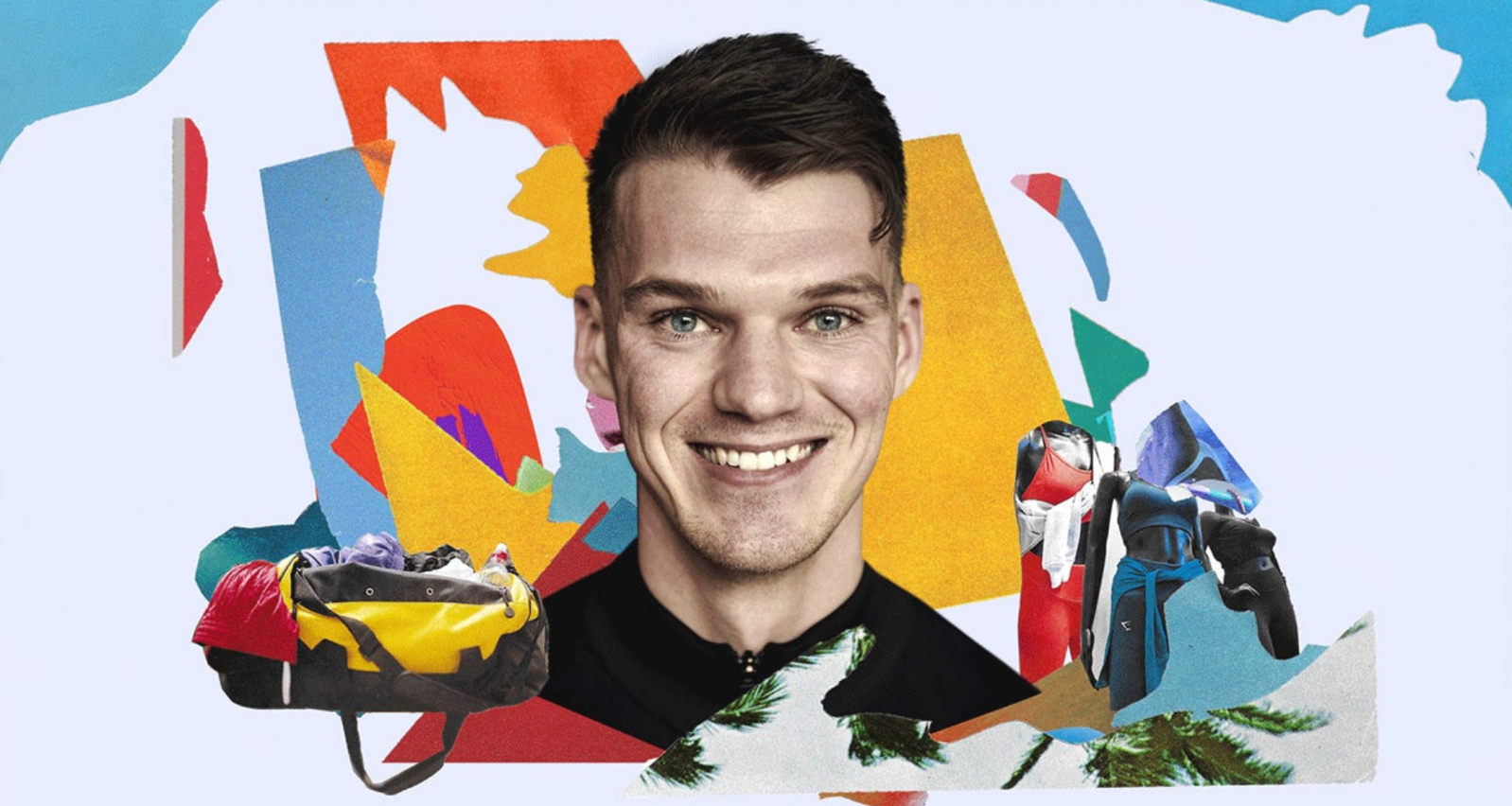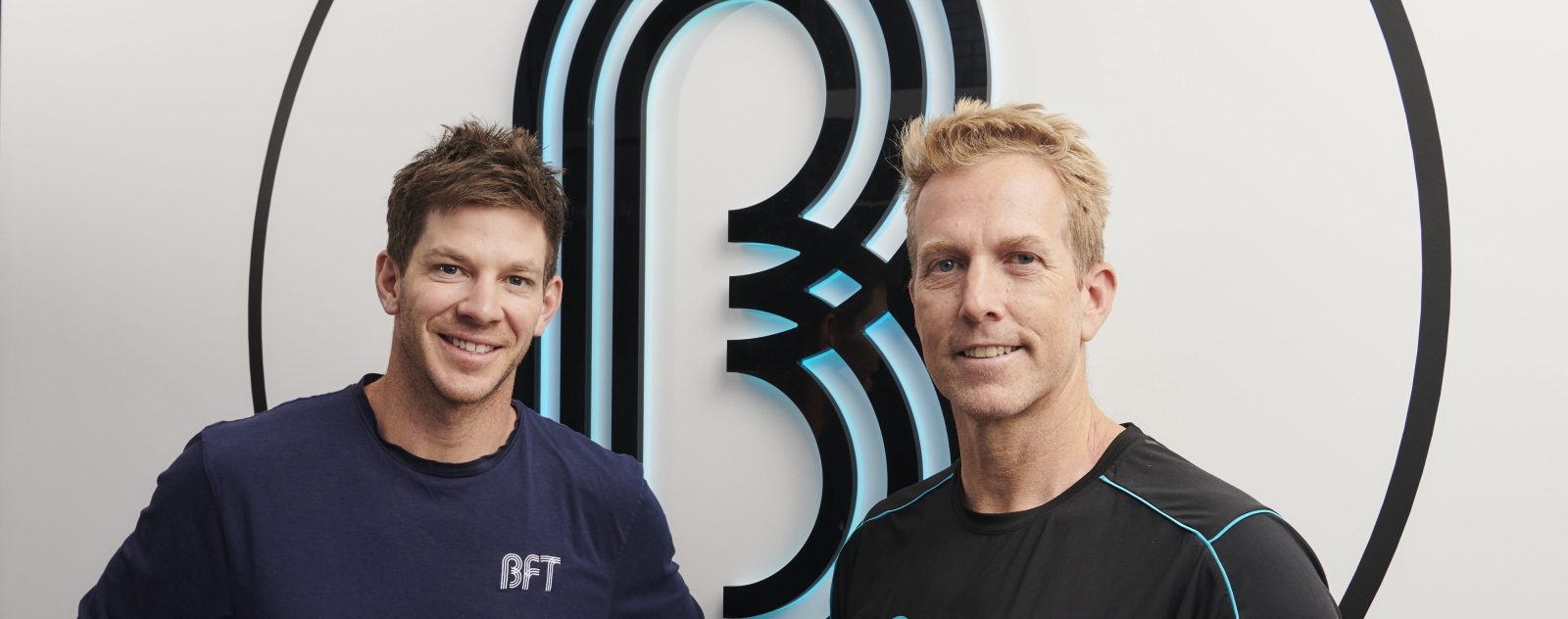The adaptive home gym – like arm wrestling a Tesla – is bulking up to take on the world, and getting into the hands of some crucial influencers.
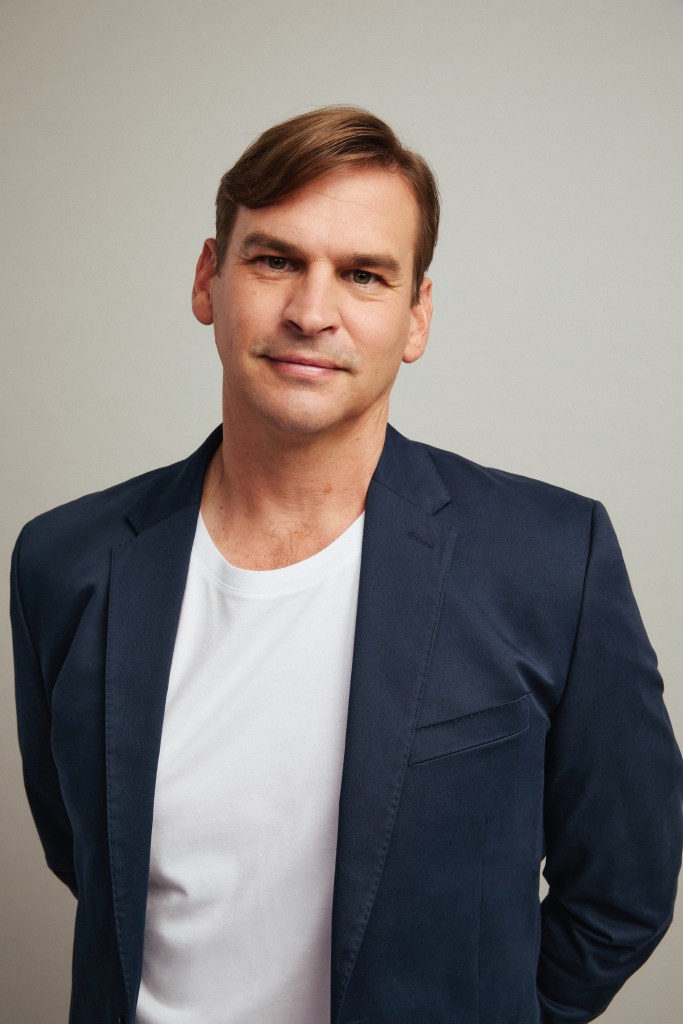
Vitruvian started taking first orders for its adaptive, portable weight training apparatus in mid-2020, mid-Covid lockdowns. Gym equipment was as hot as toilet paper.
“We could’ve sold a million machines in a day,” says founder Jon Gregory. “But at the same time as we had the product for the ages, we couldn’t make it. I couldn’t get on a plane and talk to a factory in China. I couldn’t get out and raise capital. It was incredibly difficult, but we did it.
“For the whole life of the company it’s been a special version of torture. We’ve traded through a triple crash: a crash in home fitness; a crash in consumer electronics more broadly because of the rise in interest rates; and a crash in growth-equity financing.
“So the fact I’m still here talking and not sitting in a corner babbling is something I’m proud of.”
Jon Gregory, Vitruvian
Gregory, a refugee from the high-frequency derivatives trading side of the finance industry, has managed to get the slimline and portable gym into the hands of numerous sporting teams and influencers.
“We’ve never had an investor deck. That’s our deck,” he says, pointing to the device. “We’ve never had an investor who didn’t get the product first. They get the product and they invest in the company.”
Gregory, grew up in Perth and studied applied physics at Curtin University. He landed in finance in the mid 90s when the industry was hiring such types for the burgeoning “quantitative finance” realm – the use of mathematical models and large datasets to analyse markets.
The “flash-boy kind of work” took him to London and Frankfurt before he set up his own trading company, TH Capital Ltd, in Christchurch, New Zealand. “We were high-frequency statistical arbitrage traders which relied on technology to make very quick trades in the order of under a second, so we’re ‘buy here, sell there’, all day, every day … If you do enough of them 100 times a day and you make money on them 60/40, you make a lot of money very quickly. And when markets are really volatile, that’s when you make even more money.” It was the Global Financial Crisis. Markets were highly volatile. “We made a fortune. An absolute fortune,” he says.
The team had a few dumbbells and barbells in the office for working out when markets were quiet.
“We were doing cutting edge high-frequency trading, highly automated … just chucking technology at a finance problem. And at the other end of the office, we were pushing metal around.”
Jon Gregory
Surely, he thought, he could apply some physics, design and software to weight training to make something adaptive, full of data and automated. “It seemed like a domain that was ripe for technological enhancement and disruption.”
He started researching the field in his spare time. By 2010, financial markets were changing. The algorithms that TH Capital was built on started to be superseded. “It was the sort of trade that doesn’t last forever … Things change, and that’s exactly what happened.” He went home to Perth to live a quiet life and think about what was next.
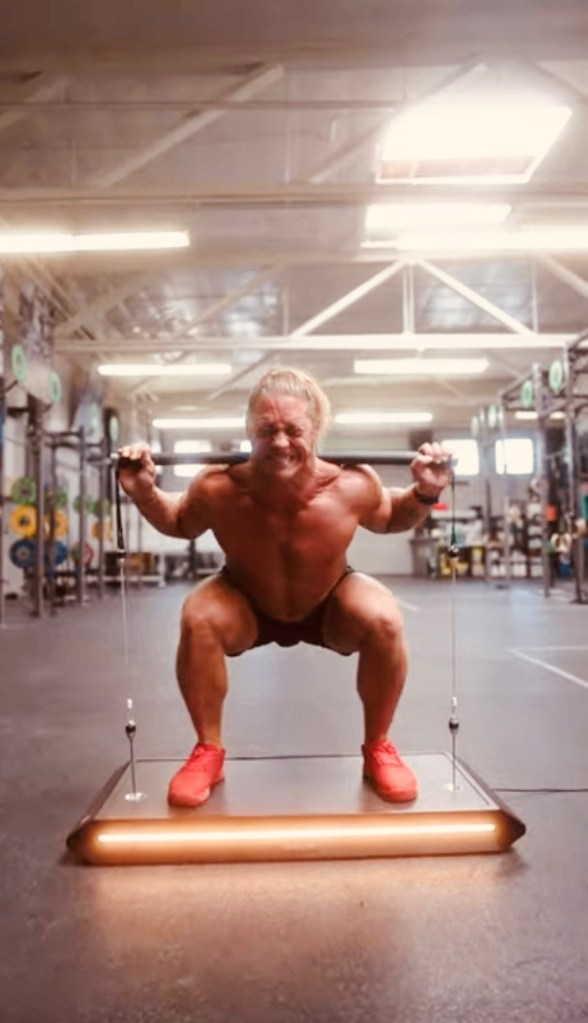
He sporadically pottered around with his resistance training ideas for the next six years. He imagined something portable that allowed for a full-body strength workout with connection to friends and influencers. It would also have an adaptive load, meaning the machine could adjust the weight according to desired settings through the course of a single effort. For example, it might give a heavier load when the weight was being lowered than lifted, or it could have a heavier weight at the top of the squat than at the bottom.
He researched motors, motion control systems, how to build a product company, but couldn’t see how he was going to make it work as a business. “Do I spend all this money, make a great product that people love, just for someone in China to come along and copy it? That seems like a dumb business idea.”
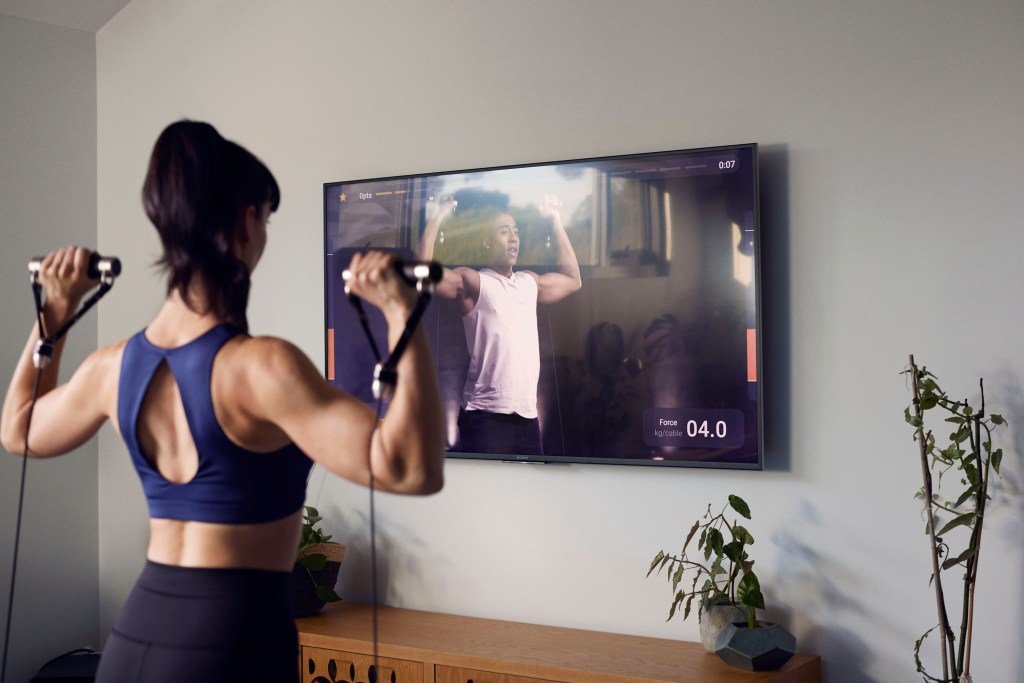
But that all changed when he saw Peloton – the stationary bikes that come with a US$44-a-month subscription for internet-connected workouts. He thought it was brilliant. “They’ve figured out how to turn a hardware product into a subscription-revenue business. That was clearly going to be a much more profitable and valuable business proposition – and more protectable.
“I had the time. I had the money. I had the idea. And no one else had done it that I’d found at that point. I’m like, ‘Maybe it’s up to me to do this.’
“That was the lightbulb moment. I got busy figuring how to build the hardware for the next couple of years, put a little bit of money into it myself, spent a bunch of time on it myself developing better and better prototypes and proofs of concepts to the point where, in late 2018, they were starting to get good.” He thought it looked like a torture rack from the Middle Ages – the size of a room with wires and cables and machines and screens coming off it – but it worked.
“It was a long way from being a consumer product but good enough to demonstrate the possibilities. I started using it, and I’m like, ‘Oh my goodness, I’m getting stronger, quicker, and I’m able to do things that I haven’t been able to do before.”
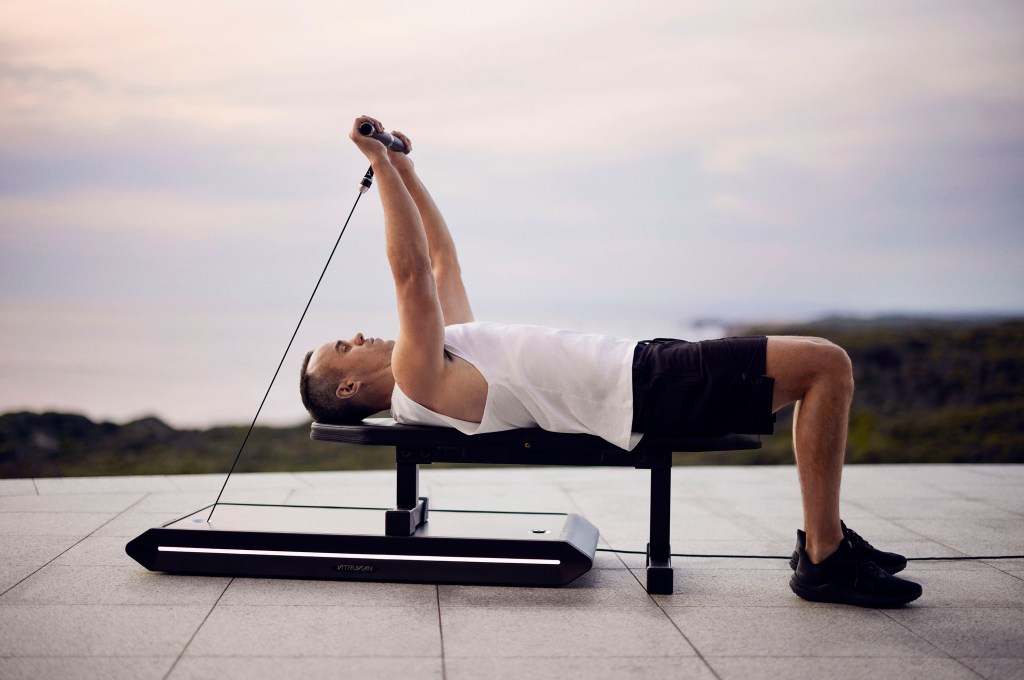
It was only afterwards that he found studies showing that training with machines that adapted the load to individuals gave superior benefits in less time than traditional weight training. “This product won’t just be cool and build a community around it, but there’s actually something hyper beneficial about training with adaptive weight which is constantly challenging you at your optimum level, and just pack a lot more intensity into every single muscular movement.”
Gregory was friends with Andrew Larsen of Perth-based Larsen Ventures – which Larsen had co-founded with his father, Navitas co-founder Peter Larsen. “He came around and saw the latest iteration and he’s like, ‘That’s pretty good. Here’s a hundred grand.’ ‘Okay, I didn’t think it was that good. How about I put in 100, you put in 100, and let’s found a company.’”
Gregory went full time, put some more money in himself to keep the lights on, and they got some presales in mid-2020 as the world locked down for COVID-19 when gym equipment was at a premium.
They did a seed round of $3.4 million in October 2020 led by Asian gym chain Evolution Wellness. Six months later they raised US$8 million in a “pre-Series A” to launch the first iteration before a Series A of US$15 million in 2022 to get the second-generation product to market.
Arm wrestling a Tesla
The second iteration gives up to 200kg of resistance and retails at US$2,990 with a US$599 accessories pack. The subscription in Australia is $49 a month.
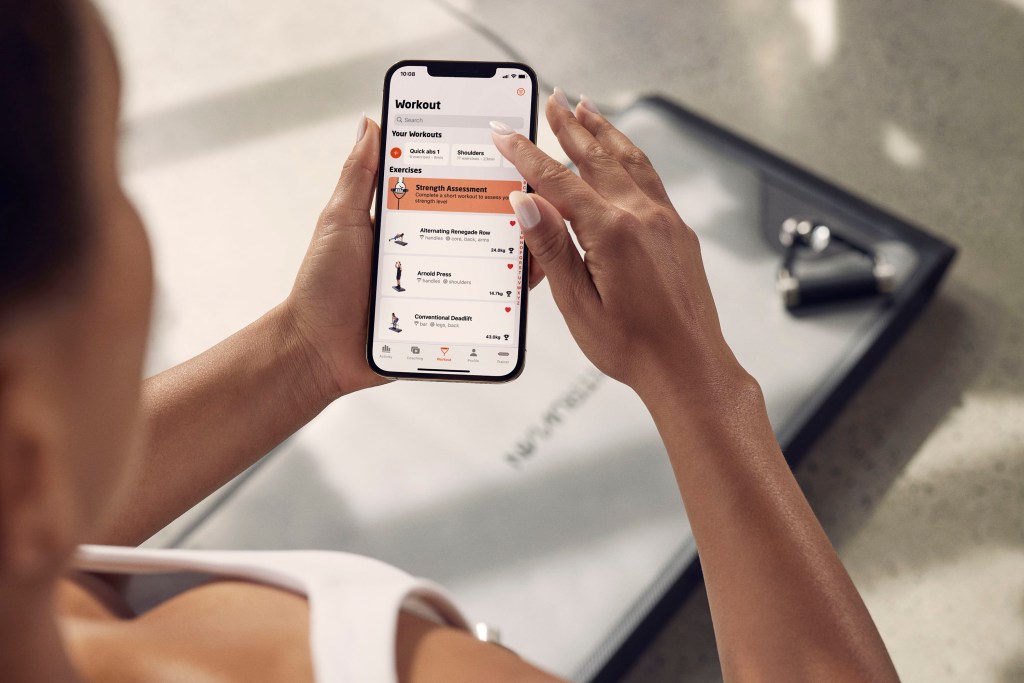
Eighty per cent of Vitruvian sales go into US homes. But Gregory has pushed hard to get it into the hands of major sports teams, celebrities and influencers. Gregory won’t go on the record with all their names but influencers who have posted about using it include world CrossFit Games age group champion Sam Dancer, World’s Strongest Man winner and Game of Thrones actor Hafthor Bjornsson, and Brian “Liver King” Johnson.
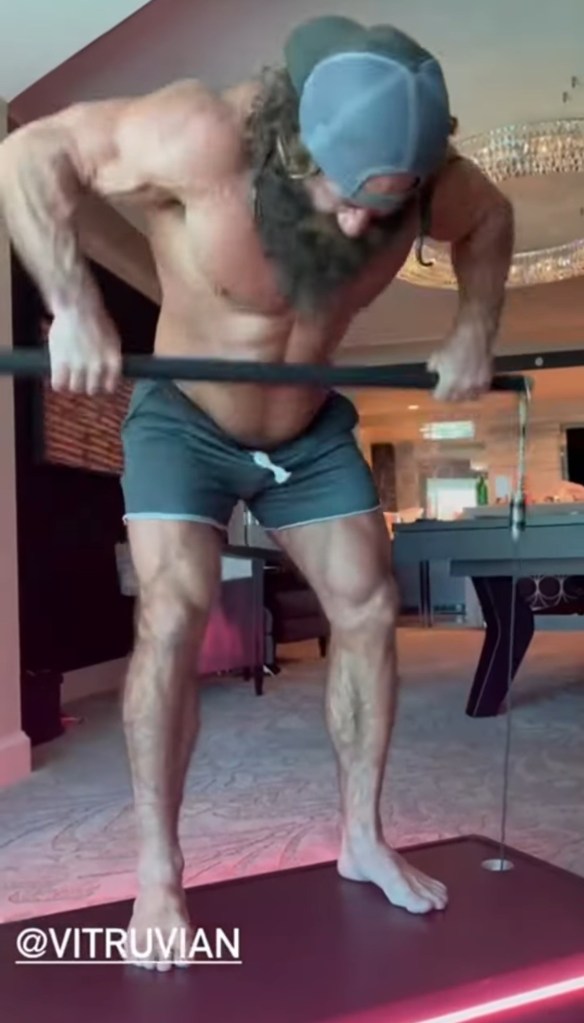
Vitruvian’s stadiums of influence
- USA Triathlon
- NASA
- UCLA FitLab
- NSW Institute of Sport
- New York Mets
- Philadelphia Phillies
- Oakland Athletics
- Minnesota Twins
- Orlando Magic
- Boston Celtics
- Golden State Warriors
- Denver Nuggets
- NY Yankees
- University of Texas, Austin
- Perth Wildcats
- Chicago Bears
- Detroit Red Wings
- Dallas Stars
- Manchester City
- Arsenal FC
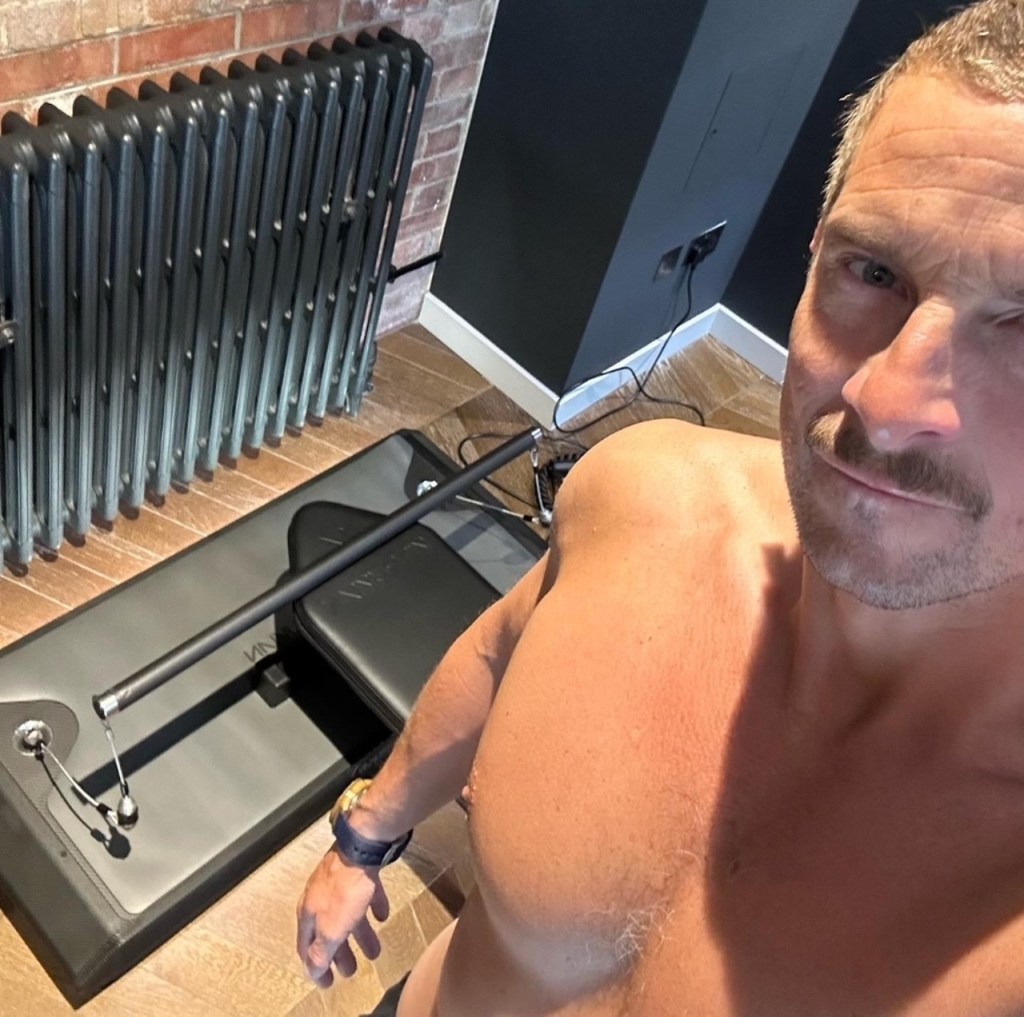
Gregory says numerous major US sporting teams are using it on the road, as is the Australian women’s cricket team and the Perth Wildcats. “We solve a real problem for them. They often don’t have access to effective resistance training equipment when they’re travelling.”
He said that while some Vitruvian customers hate it when it’s in full adaptive mode, other’s love it. “It’s like it’s alive. One of our customers said it’s like arm wrestling a Tesla. You’re in a cobotic relationship. The machine adapts to you, you adapt to it. You both get better.”
Vitruvian has just announced another $15 million raised from existing investors. The money will be used to get the hardware into market and continue developing the software.
As more customers come on board the increased data will improve the system, Gregory says. “We’ll be getting better and better at that month on month, year on year, because we’re collecting the data, how we present it, and how we understand it and how we learn from that as individuals and as a collective group of trainees. That’s when this business starts to get really exciting.”
